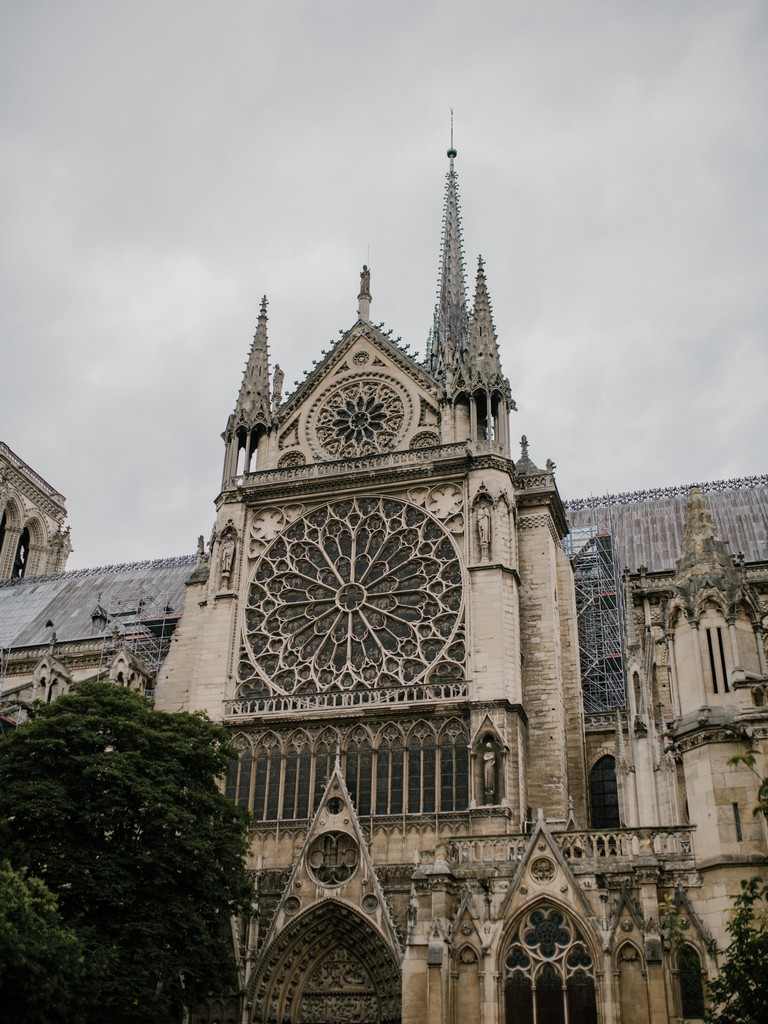The Origins and History of Easter: From Paganism to Christianity. Easter is a Christian holiday that celebrates the resurrection of Jesus Christ. It occurs on the first Sunday after the full moon following the Spring Equinox, which usually falls between March 22 and April 25. The word Easter comes from Eastre (or Eostre), an Anglo-Saxon goddess associated with springtime, fertility, and rebirth.
In ancient times, people celebrated spring by decorating eggs in honor of this goddess; they also hunted for rabbits as part of their rituals because rabbits were thought to lay eggs underground during this period. Over time these customs evolved into modern-day Easter traditions such as coloring eggs and hunting for chocolate bunnies!
The Pagan Origins of Easter
The origins of Easter are a bit of a mystery, but it’s clear that the holiday has its roots in paganism. The word “Easter” comes from Eostre, an ancient goddess who was worshipped by Germanic groups and other peoples throughout Europe during springtime. According to legend, she was said to have created new life when she laid an egg that hatched into a rabbit (or hare).
Eostre’s festival was celebrated with feasts and games; eggs were often painted or dyed as part of this celebration–and it wasn’t long before Christians started incorporating those customs into their religious practices as well!
Early Christian Celebrations of Easter
Easter is a religious festival that celebrates the resurrection of Jesus Christ. It falls on the first Sunday after the full moon following the Spring Equinox, which usually occurs in late March or early April. The date of Easter can vary from year to year because it depends on when exactly this full moon occurs, but it’s always within a month or so of March 21st.
The earliest Christians did not celebrate Easter as we do today–they didn’t even have an official date for its celebration! Instead, they celebrated Passover (the Jewish holiday), which fell on different days depending on how you calculated it based on Scripture readings and other factors like leap years. This led to some confusion among Christians about when exactly they should celebrate Passover each year; some churches even refused to recognize any other dates besides their custom ones!
Eventually some churches decided that if everyone else was going to celebrate their version anyway then why not just pick one day out of all those options? So in 325 A.D., Emperor Constantine called together bishops from all over Europe at what would become known as Council Nicaea II (the second council held there). At this council, he asked them what should be done about this issue since he had heard rumors that Christians were arguing over whether Easter should fall before Lent begins or after – something which he thought sounded silly since both options seemed equally valid given how much time had passed since Jesus died upon his cross.*
Crown Him with Many Crowns: The History and Significance of an Easter Hymn
It is Easter Sunday, a day when Christians throughout the world celebrate the resurrection of Jesus Christ. And while there are many beautiful and significant Easter hymns, one, in particular, stands out as a timeless classic – “Crown Him with Many Crowns”.
This beloved hymn was written in 1851 by Matthew Bridges, an English clergyman and hymn writer. It was originally titled “The Conqueror Crowned”, and was based on Revelation 19:12, which describes Jesus as “being clothed in a robe dipped in blood”.
The hymn quickly became popular and was soon being sung in churches across England. It wasn’t long before it made its way to America, where it quickly became a favorite of both Protestants and Catholics.
Today, “Crown Him with Many Crowns” is sung by Christians of all denominations, and is a staple of Easter Sunday worship services. It is a powerful hymn that speaks of the triumph of Jesus Christ over sin and death and His ultimate reign as King of Kings.
The first two verses of the hymn declare Jesus to be the King of all creation:
“Crown Him with many crowns, the Lamb upon His throne. Hark! How the heavenly anthem drowns all music but its own.
Angels, archangels, all the company of heaven,
Praise Father, Son, and Holy Spirit, ever three and one!”
This is followed by a third verse that speaks of Jesus as the King of our hearts and lives:
“Crown Him the Lord of life, who triumphed o’er the grave,
And rose victorious in the strife for those He came to save.
His glad refrain, “Death’s vanquished all; I am the Lord of life”,
Proclaims His conquest o’er the last great enemy of man.”
The fourth and final verse speaks of Jesus as the King of all eternity:
“Crown Him the Lord of peace, whose power a scepter sways
From pole to pole, that wars may cease, and all be praying for peace.
How sweet the Name of Jesus sounds in a believer’s ear!
And how we praise the Lord our King, who hears our every prayer!”
“Crown Him with Many Crowns” is a hymn that is rich in both history and meaning. It is a reminder of the victory of Jesus Christ over death and His unending reign as our King and Savior. As we sing it this Easter Sunday, let us remember the hope that we have in Christ, and give thanks for His great love for us.
The Significance of the Easter Hymn, In the Garden
Easter is a Christian holiday that celebrates the resurrection of Jesus Christ. It falls on the first Sunday after the full moon following March 21st. It’s also known as Pascha or Pascha Sunday, which means “Passover” in Greek.
The word “Easter” comes from Eostre (or Ostara), an Anglo-Saxon goddess associated with springtime and fertility who was celebrated around this time of year; her name has been linked to both Ishtar and Astarte, ancient goddesses from Mesopotamia and Phoenicia respectively.
Easter eggs have long been associated with fertility rituals; they were used by early Christians as a way of marking their celebration without drawing attention from pagans who might be suspicious about what they were doing there in their fields at night!
The Development of Easter Traditions
Easter eggs, a symbol of new life and rebirth, were originally colored eggs used by the ancient Romans to celebrate spring festivals. The tradition was adopted by Christians and incorporated into their celebrations on Easter Sunday. The eggs were often decorated with wax or dye and given as gifts to children who had been baptized at Easter time.
The Easter Bunny is said to have its origins in Germany where people would bake rabbits made out of cake and give them as presents to children on Good Friday (the day before Easter).
The Significance of Easter in Christianity
Easter is a Christian holiday that celebrates the resurrection of Jesus Christ. It takes place on the first Sunday after the full moon following the spring equinox, usually in March or April. It’s also known as Pascha (Greek) or Ostern (German), and it was originally observed by Eastern Christians only; Western Christians adopted it later on.
In many churches around the world, people gather on Easter morning for church services to celebrate Jesus’ resurrection with hymns like In The Garden and other songs that focus on God’s love for people–and for you!
The night before Good Friday (the day before Easter Sunday), many Christians fast from food until midnight so they can join together at midnight mass to hear readings from scripture about how Jesus died for our sins so we could be forgiven by God when we ask him/her/it forgiveness for our wrongdoings during our lives here on Earth.
The Meaning and Message of Christ the Lord is Risen Today
Christ the Lord is Risen Today is one of the most popular Easter hymns for Christians around the world. The hymn was written in the 18th century by Charles Wesley, and it has since been translated into many different languages. The hymn is a celebration of the resurrection of Jesus Christ, and it is typically sung on Easter Sunday.
The lyrics of the hymn are based on the biblical account of the resurrection of Christ from the Gospel of Matthew. In the opening verse, Wesley describes the scene of Christ’s resurrection, as the stone is rolled away and Christ rises from the dead. The second verse goes on to describe how Christ’s resurrection brings hope and new life to all who believe in him.
The third verse of the hymn is a prayer for God to grant us the same resurrection power that raised Christ from the dead. This power is what gives us the hope of eternal life in Christ. The final verse is a declaration of our faith that Christ is indeed risen from the dead, and he is coming again to judge the living and the dead.
The message of this Easter hymn is one of hope and new life in Christ. Christ’s resurrection proves that He has the power to overcome death and that we can have hope for eternal life in Him. This hope is what motivates us to live our lives for Christ and to proclaim His Good News to the world.

Daniel Hill is a Catholic educator with over 10 years of experience in the field. He holds a Master’s degree in Catholic theology from Brescia University and has taught at several Catholic schools across the country. John is passionate about promoting Catholic education and helping students develop their faith alongside their academic skills. He has written extensively on Catholic education topics, including curriculum development, faith formation, and the role of Catholic schools in society. His work has been published in numerous academic journals and he is a frequent speaker at Catholic education conferences. In his free time, Daniel enjoys volunteering at his local parish and spending time with his family.

1 thought on “The Origins and History of Easter: From Paganism to Christianity”